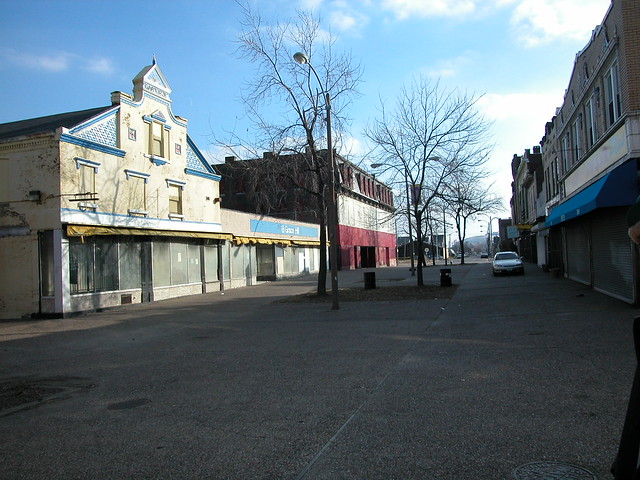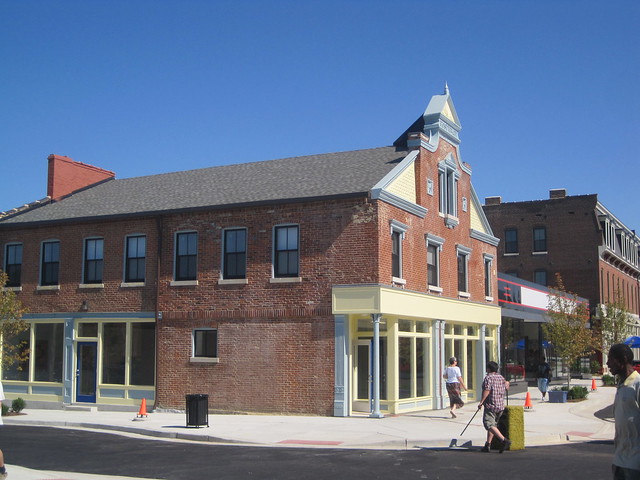by Michael R. Allen
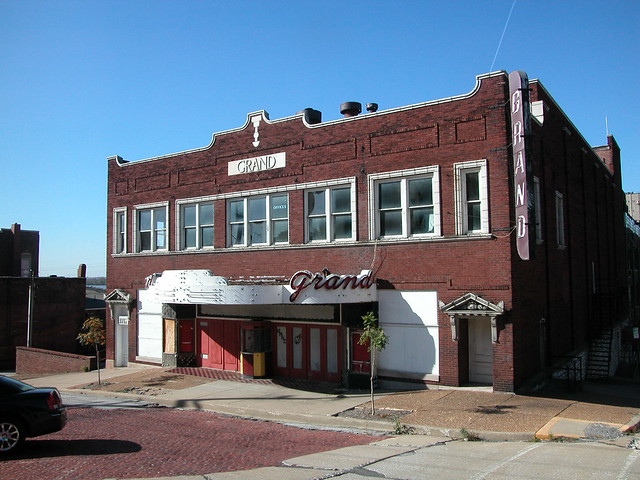
Yesterday, the Alton City Council voted 6-1 to overturn the city landmark designation recently conferred by the Historical Commission upon the Grand Theater. The theater, at the corner of Third and Market streets, has been owned by businessman Ed McPike since 1990. There is one tenant in a basement storefront on Third Street. McPike opposed the landmark nomination prepared by citizen Bill McKenzie.
After the Historical Commission voted 4-2 to confer designation, McPike appealed. Under Alton’s preservation ordinance, that appeal went to the City Council, which was then allowed to consider new evidence. Apparently, given yesterday’s decision, the council also has the authority to not only consider new evidence but also to impose a new standard of review.
Many concerned citizens, including McKenzie and Alton Area Landmarks Association President Terry Sharp, spoke in favor of upholding the Historical Commission’s brave decision. I spoke to clarify several points, including how — based on my St. Louis experience — landmark designation does not preclude reasonable alteration or even, if justified, demolition. In fact, the Alton Historical Commission recently granted demolition for the city’s oldest house, the Mansion House, after a devastating fire. Preservationists thought that the Mansion House could be saved, but the Historical Commission did not. Landmark designation simply ensures that the decision to demolish a historic building receives deliberation; it does not compel preservation in every case.
Alderman Mike Velloff, the lone dissenter, made the point that the level of review brought by the designation was no more arduous than what the Council would put in place for anyone seeking an official redevelopment plan. McPike’s attorney Jim Sinclair had called the landmark status a “taking” of the property.
While the Council overturned the landmark designation, the strong advocacy campaign for the Grand Theater has drawn a lot of attention to the long-vacant building. Hopefully that will lead McPike or a future owner to consider preservation.

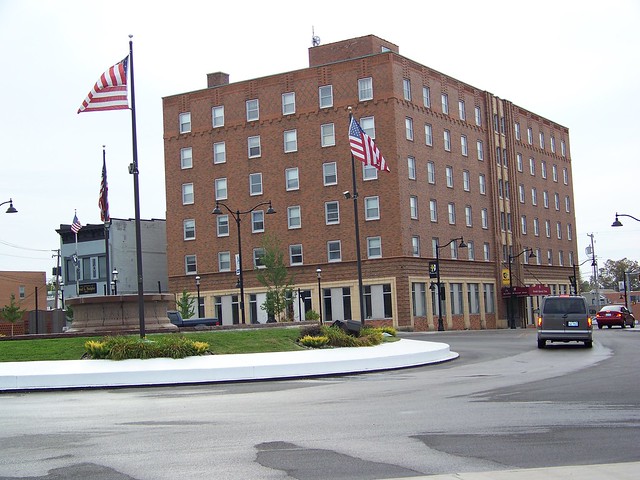
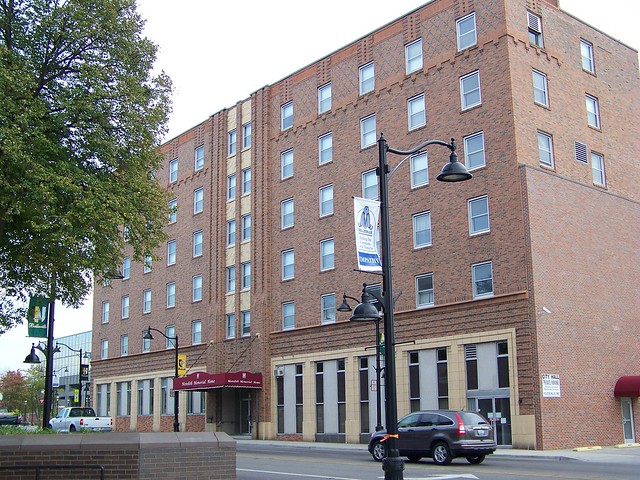
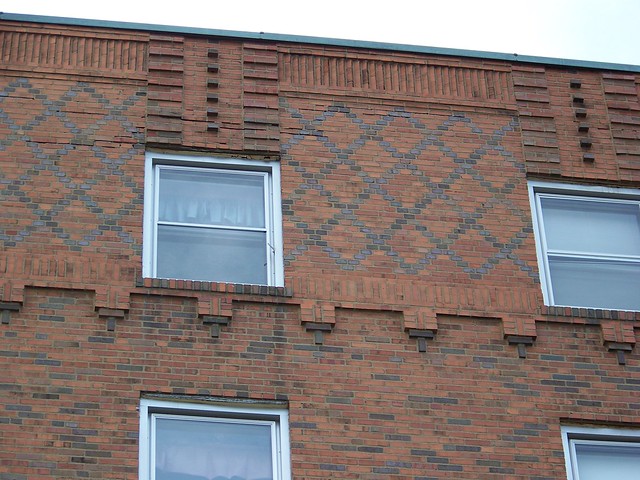


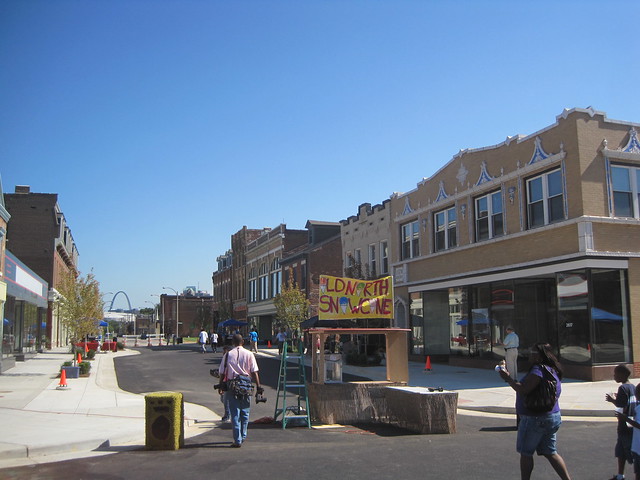 The west side of 14th Street between Montgomery and Benton Streets, December 2004 (top) and July 2010 (bottom).
The west side of 14th Street between Montgomery and Benton Streets, December 2004 (top) and July 2010 (bottom).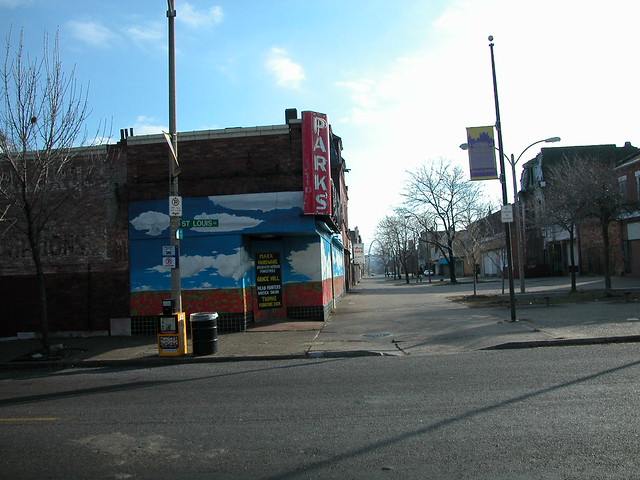
 The view down 14th Street south from St. Louis Avenue in December 2004 (top) and July 2010 (bottom).
The view down 14th Street south from St. Louis Avenue in December 2004 (top) and July 2010 (bottom).